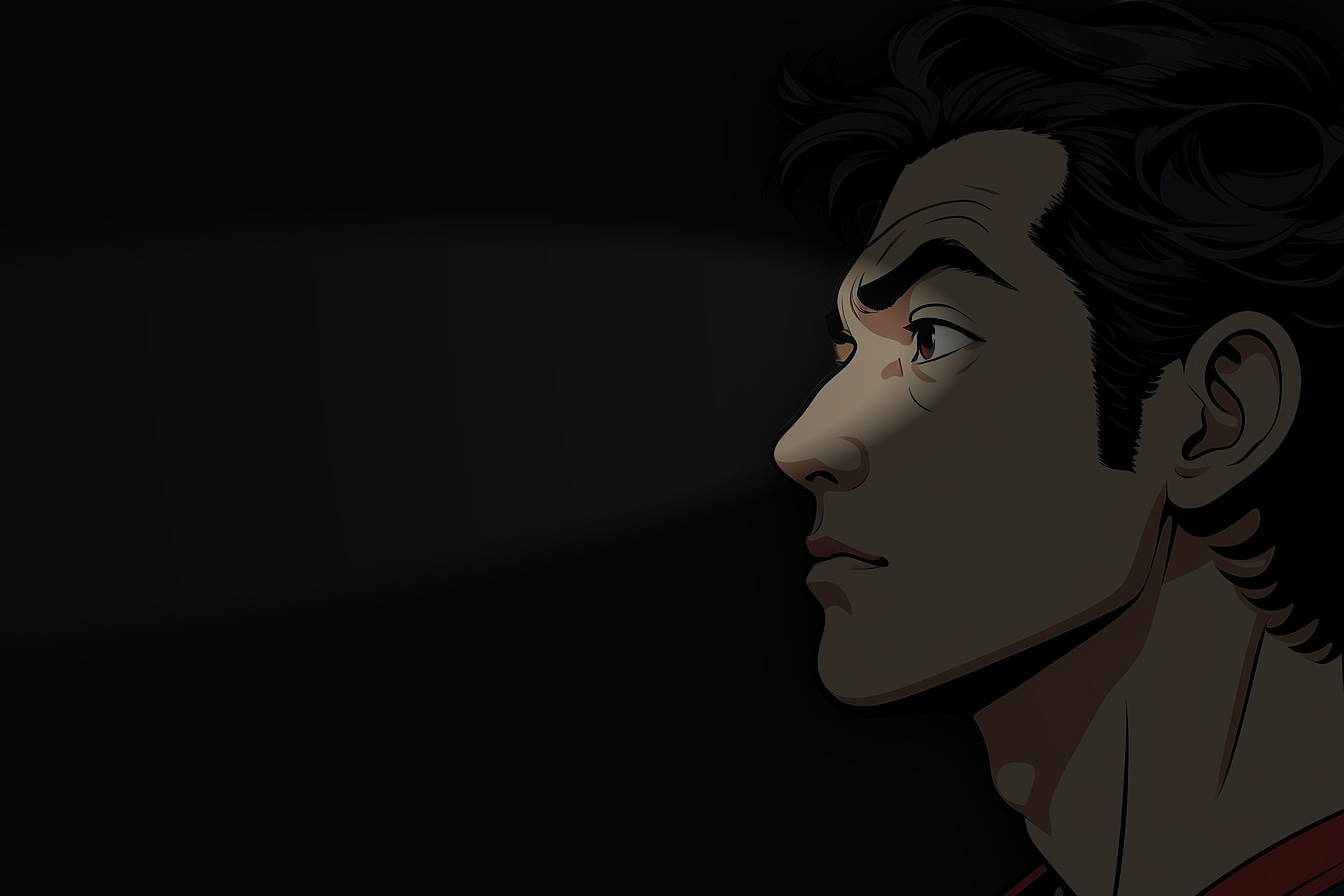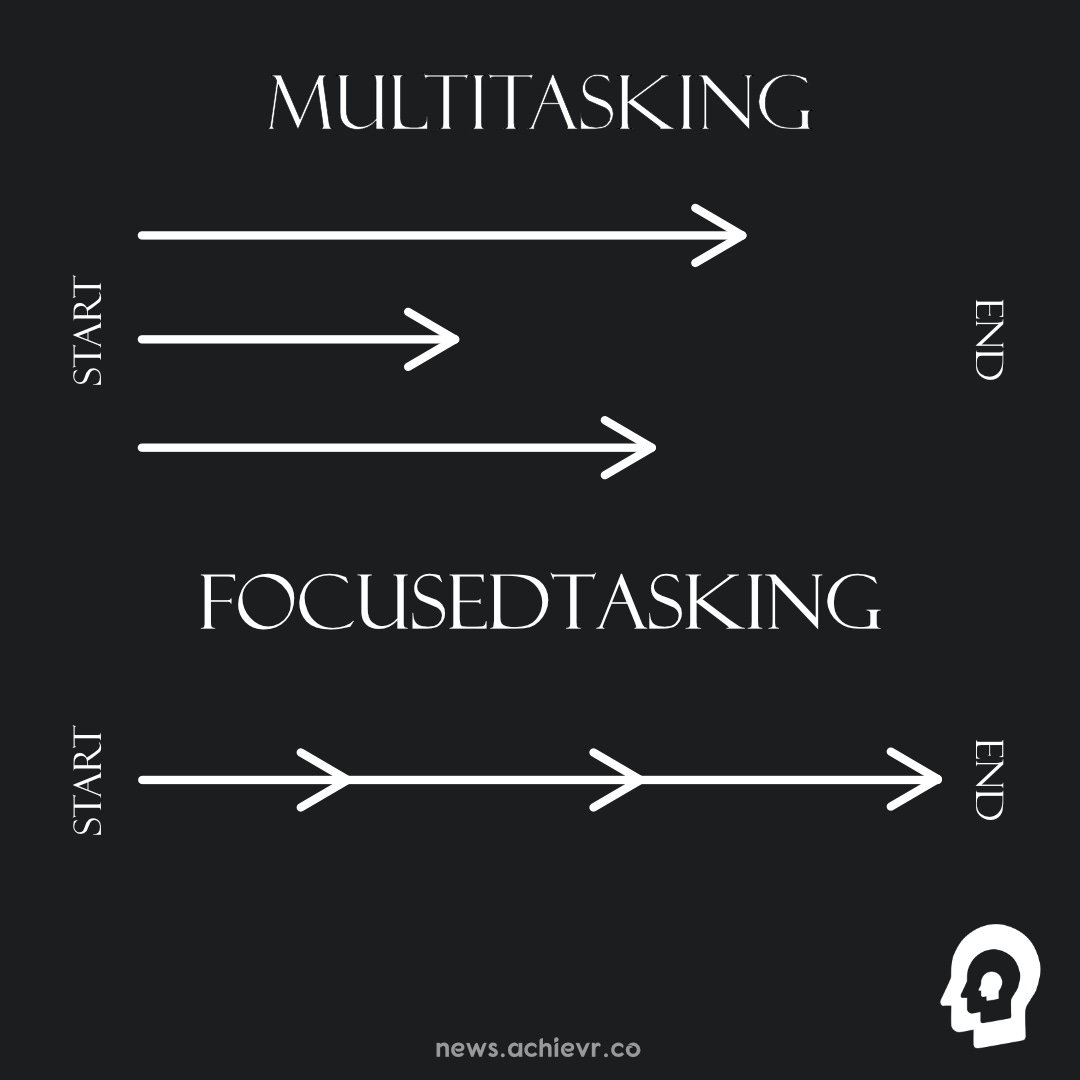Concept Crackdown: Focus
How to stop spraying your attention everywhere like a broken firehose. • Concept Crackdown #3
“I just need to focus harder.”
That’s like saying, “I just need to breathe better.” It sounds right, but it’s useless.
Your brain runs on limited attention units. Spend them badly and you go broke before lunch.
Focus is a skill that can be trained. Today, you’ll learn how to do it.
In this Concept Crackdown:
What focus actually is
Component 1: Clarity
Component 2: Attention control
Component 3: Energy Management
4. Environmental changes
Component 5: Recovery systems
Common mistakes people make
The focus formula
What focus actually is
In one sentence: The deliberate act of directing limited cognitive resources toward one priority while ignoring competing inputs.
“Limited” is the keyword here.
You have a small tank of high-octane fuel each day (about 90 minutes of peak, resets after sleep).
Waste it on TikTok and doomscrolling, and by the time you sit down for real work, the tank is dry. More on that later.
Focus is:
Like a laser that can be pointed at one thing at a time.
Exhaustible resource.
Value creator.
Component 1: Clarity
Nothing stops starting like a lack of clarity. I said it many times and will say again: making a very detailed plan of the exact steps you need to take is one of the best productivity hacks out there.
Think of your brain as a processor: a powerful unit that is useless if you don’t give it detailed instructions.
As in coding, one missing “;” can stop the program from running, your projects will be bugged too if you don’t have steps to follow.
“Just start” is one thing, but doing everything on the fly will unnecessarily take a lot of your mental power.
More here:
Speaking of clarity:
You can’t focus on fog. Vague goals = getting lost.
Be specific: “Write 300 words” beats “work on the book.”
Every focus session starts with “what exactly am I focusing on?”
Action: Before each session, write the exact steps. Perform one at a time. Don’t religiously stick to it, adjust if step 1 changed what needs to be done in step 2.
Component 2: Attention control
The core skill here is catching yourself when you drift and coming back.
It requires a lot of practice, but you will get better over time.
Train your attention muscle:
Notice when you've drifted without judgment.
Redirect back to the task. You can put a piece of paper on your desk and make a dot every time you go back.
Track how quickly you return (it gets faster with practice).
Use external cues: timers, focus apps, simple pen marks on paper (like dots).
How to implement?
Meditation—read more in the book.
Focus on the present moment in whatever you do.
Form the habit. Habit is the king of change.
Focus on one thing at a time and one thing only.
More here:
Speaking attention control:
Focus = returning quickly when pulled away. Train like a muscle.
Kill multitasking: every context switch burns brain fuel.
Action: Try 25–45 minute “attention reps.” Phone in another room, one tab only, one task. When distracted, note it and come back.
Component 3: Energy management
Keep reading with a 7-day free trial
Subscribe to AchievR • Become Consistent! to keep reading this post and get 7 days of free access to the full post archives.






